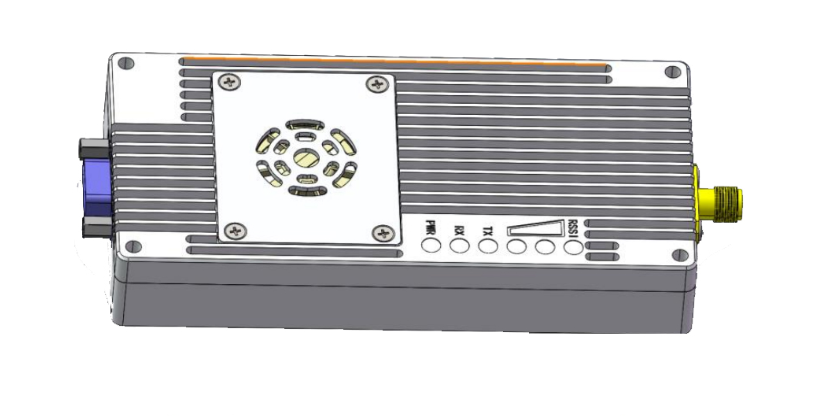Previous post
Baby Shark VTOL fixed-wing drone frame kit for sale


The transmission power of a drone refers to the amount of power or signal strength that the drone’s communication system uses to transmit data or control signals to and from its remote controller or other connected devices. The transmission power is typically measured in milliwatts (mW) or decibels (dB) and is an important factor in determining the drone’s effective communication range and reliability.
Here are some key points related to drone transmission power:
Regulations: The transmission power of a drone’s radio communication system is subject to regulations set by the relevant governing authorities in the region where the drone is operated. These regulations are in place to prevent interference with other radio devices and ensure safe and responsible drone operation.
Frequency Bands: Drones typically use radio frequency bands like 2.4 GHz and 5.8 GHz for communication. The transmission power within these bands can vary depending on local regulations and the specific drone model. Different countries may have different limits on transmission power for drones.
Communication Range: The transmission power directly affects the drone’s communication range. Higher transmission power generally allows for longer ranges, but it also consumes more power and can be subject to more stringent regulations.
Signal Quality: While higher transmission power can extend the range, it doesn’t necessarily guarantee a better signal quality. Other factors like interference, obstacles, and the design of the communication system also play a significant role in signal quality.
FPV (First-Person View) Systems: Drones used for FPV racing or photography often require reliable video transmission. The transmission power of the video transmitter is crucial for maintaining a clear video feed to the pilot’s goggles or screen.
Adjustable Power: Some advanced drones allow users to adjust the transmission power to balance between range and battery life. This can be useful for optimizing performance based on the specific use case.
Safety Considerations: Excessive transmission power can potentially interfere with other electronic devices and even disrupt critical communication systems. Pilots should always operate drones within the legal limits and consider the safety of others.
It’s important for drone operators to be aware of the local regulations regarding transmission power and to use their drones responsibly. Violating transmission power regulations can lead to interference with other devices and may result in legal consequences. Always consult the drone manufacturer’s documentation and local aviation authorities for guidance on the specific transmission power limits for your drone in your region.

